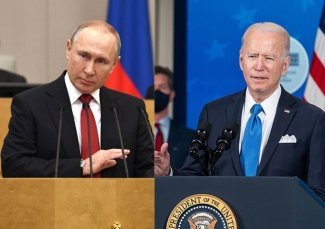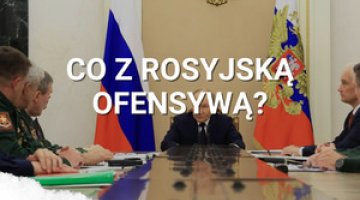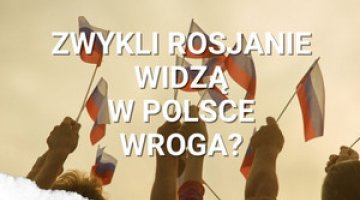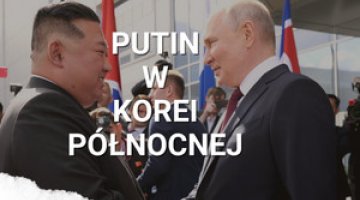Russian countersanctions against the US

On 16 April, the Russian Federation announced the retaliatory measures it has taken in response to the sanctions which the US imposed on the previous day. Moscow has expelled ten American diplomats, limited the admission of diplomats for short-term stays to 10 per year (and only on a reciprocal basis), prevented US diplomatic posts from employing Russian and third-country nationals, and re-introduced restrictions on the movement of US diplomats around Russian Federation territory, terminating the agreement of 1992 which abolished them; this marks the return of a restriction which last applied during the Cold War.
In addition, eight high-ranking US officials (including two who are no longer in post) have been covered by personal sanctions (entry bans and the freezing of their assets in Russia). The Russian government also expressed a desire for US Ambassador John Sullivan to leave Russia “for consultations” ( Russia has already withdrawn its ambassador to the US, Anatoli Antonov, for consultations). They also stated that US foundations and non-governmental organisations controlled by US institutions would no longer be permitted to operate on Russian territory. At the same time, in the words of foreign minister Sergei Lavrov, Moscow declared that for the time being it would refrain from implementing retaliatory economic sanctions on US companies, stating that it would retain this option “for later”.
The Ministry of Foreign Affairs and Minister Lavrov also warned that in the event of further US restrictions, they would demand a reduction of US diplomatic staff in Russia by a third (from 450 to 300 people), so that they would not outnumber the Russian diplomatic staff accredited in the United States. Until now, Moscow has tacitly agreed that the US, while implementing the principle of parity between the size of diplomatic missions, counted 150 Russian diplomats at the United Nations as being part of the Russian diplomatic contingent accredited in the US.
At the same time, the Kremlin has declared a “positive” attitude to the American proposal for a Biden–Putin summit, although this “must be considered in the context of the situation that has ensued”. Moreover, it is postponing a final decision on whether President Putin will participate in the virtual multilateral summit on climate change scheduled for 22–23 April.
Commentary
- Moscow’s reaction to the US restrictions should be seen as relatively moderate. On the one hand, the countersanctions constitute a feisty, albeit not fully symmetrical response to the US actions; they are harsher in the diplomatic sphere, but weaker in others. The Russian restrictions will make life very onerous for the US diplomatic missions in Russia; they have already complained about insufficient staffing, and are used to relying heavily on locally recruited Russian employees. The Russians for their part only employ their own personnel in the US. On the other hand, these sanctions do not represent a clear escalation of tensions. If Washington responds with another round of restrictions, it will be difficult to dismiss Russian accusations that the US is responsible for any such escalation. Yet if the US fails to react (the US sanctions were a moderate response to the scale of Russia’s previous aggressive actions), this may give the impression it is afraid that the crisis in bilateral relations will worsen further.
- Russia’s expulsion of Ambassador Sullivan, combined with the earlier recall of Antonov to Moscow (21 March) for consultations, will lower bilateral diplomatic relations between the two countries to an unprecedented level. Such a situation is intended to put pressure on the US, which has been afraid of an escalation of tensions; Moscow’s move is intended, at the risk of further countersanctions, to discourage Washington from taking any actions which could further worsen relations. Russia hopes that the US will not respond to the current restrictions, which will allow it to maintain its image as an assertive superpower.
- Moscow, while demonstrating its readiness to keep acting ‘tit for tat’, is nevertheless aware of its limited ability to do any real harm to the interests (especially economic) of the US, and is also afraid of harsher retaliation itself. In particular, any restrictions on the activities of US companies (including energy companies) in Russia or a reduction in Russian exports (such as raw materials or aircraft engines) would harm the Russian Federation itself more than the United States. Meanwhile the activity of local NGOs on Russian territory has already been effectively blocked over the last decade.
- The Kremlin expressed its willingness to meet at the summit, as it would like it to take place for political and image reasons; however, it will now ‘haggle’ over the terms and delay setting the date, to try and find out what concessions the White House is ready to make. It is in Moscow’s interest to maintain dialogue with Washington – especially at the highest level – as it is an important element of the Putin regime’s political legitimacy, as well as an instrument in Russia’s relations with other states.




